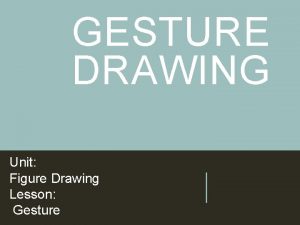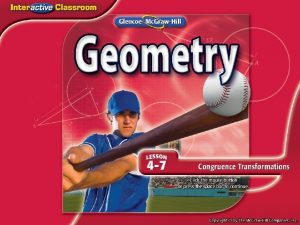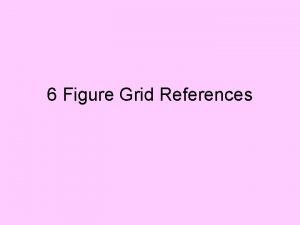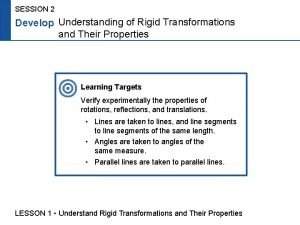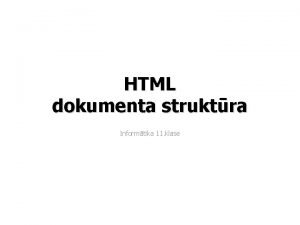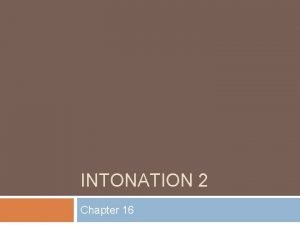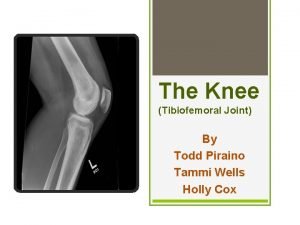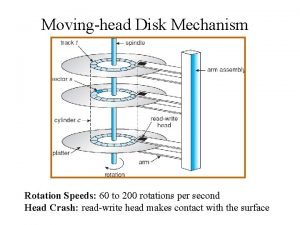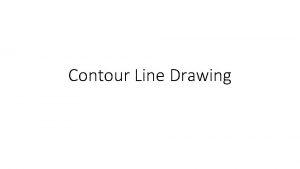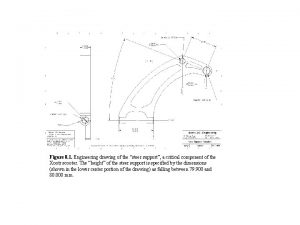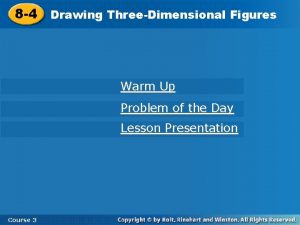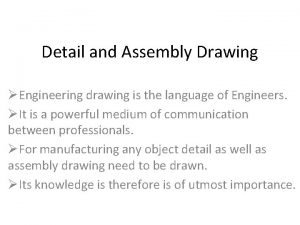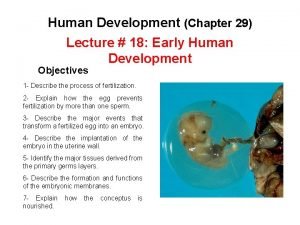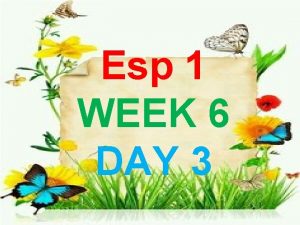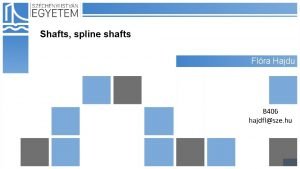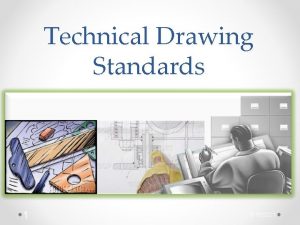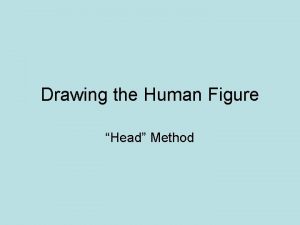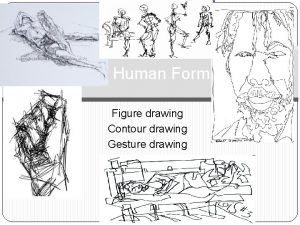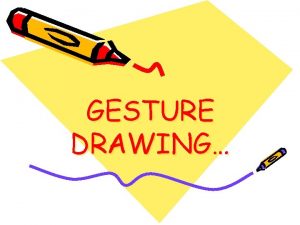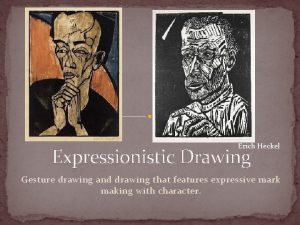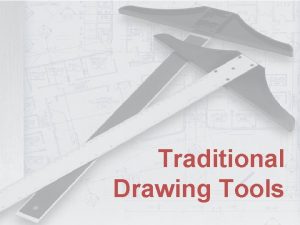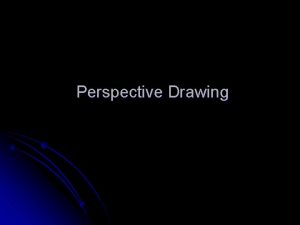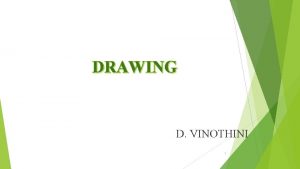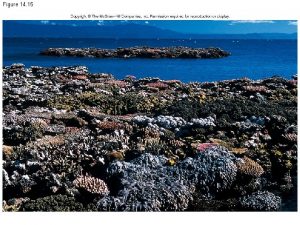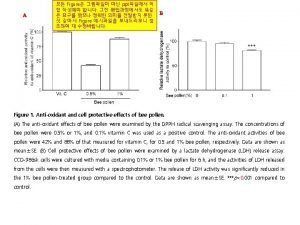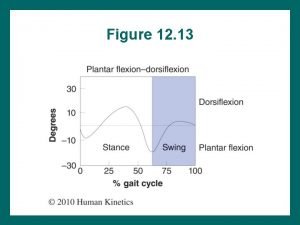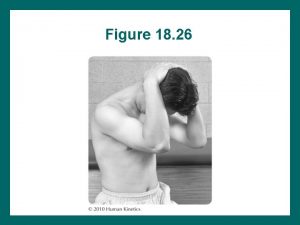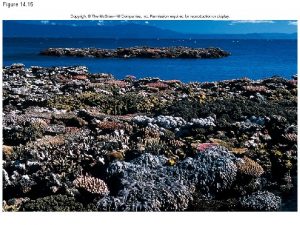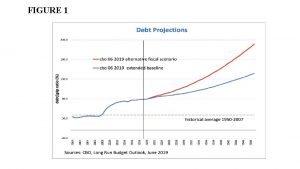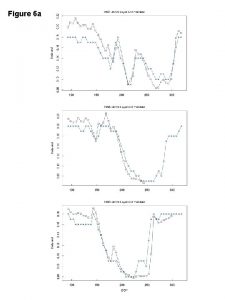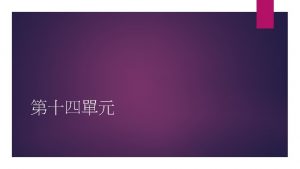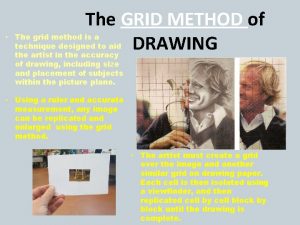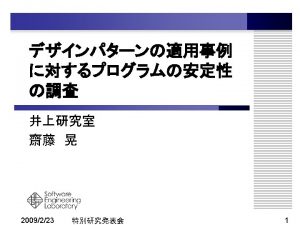Drawing the Human Figure Head Method The Head



























- Slides: 27

Drawing the Human Figure “Head” Method

The Head • Draw an Oval for the head of your figure. • Measure out how long the head is. • Then measure down 8 “heads” for male figures or 7 ½ “heads for female.

The Torso • The shoulders are two “head” lengths wide. • The chin to the crotch is three “head” lengths long.

Appendages • Arms are 3 ¾ “head” lengths long. • Legs are 4 “head” lengths long.

Upper Skeletal Structure 1. Skull 2. Clavicle or shoulder bone 3. Scapula or shoulder blade 4. Vertebrae or spinal column 5. Ribs 6. Sternum or breastbone 7. Radius 8. Ulna 9. Carpus or wrist 10. Meta carpus

Lower Skeletal Structure 11. Phalanges (14 finger bones) 12. Pubic bone 13. Coccyx 14. Femur or thighbone 15. Fibula 16. Tibia 17. Tarsus or anklebone 18. Metatarsus 19. Calcaneus 20. Phalanges (14 toe bones)

Front Musculature 1. 2. 3. 4. 5. 6. 7. 8. 9. 10. 11. 12. 13. 14. 15. 16. Trapezius Deltoid Pectorals Obliques External obliques Adductors Vastus muscle group, and the rectus femoris Sternomstoid Triceps Biceps Flexor carpi radius Flexor Carpi Ulnaris Abdominals Extensor digitorum Triceps surae Personeus longus

Back Musculature 1. 2. 3. 4. 5. 6. 7. 8. 9. 10. 11. Trapezius Deltoid Rhomboideus muscles Latissimus dorsi External obliques Gluteus maximus (bottock) Biceps femoris Peroneus longus Triceps Gluteus medius Triceps surae (calf)

Male vs. Female • Men typically have longer torsos than women. • Women typically have longer legs than men.

Poses • • • Convincing posture Poses Action Body Language Avoid – Poses that obscure the clothing – ½ & ¾ body turns

Hands • Open • Half-closed • Gripping • Closed

Feet • Front • Side • ¾ turned • Bare, shoed

Faces and Hair • • Eyes Nose Mouth Ears Age Facial hair Fashions

Body Types • • Thin Average Muscular Overweight Age (Child to Old) Fashion Anime

Costume and Fashion Drawing Clothing your Figures

Fabric Types • • Metal Leather Sheers Velours Satins/Silks Cottons/Linens Starches

Dynamic Forces • Direct Thrust Wrinkles • Wrinkles follow the flow of action

Bend Wrinkles • Bend wrinkles go in the direction of the bend • Radial wrinkles (left) start from the bend area and radiate outwards from the bend

Crossing Wrinkles • Two tension wrinkles that meet while traveling in opposite directions

Compression Wrinkles • Sag and collapse pattern • Crush force from gravity that affects the material such as leather (as seen to the left)

Fragmentation Wrinkles • Past action wrinkles • Tends to appear in clothing that molds to the body of a figure.

Swag and Hanging Wrinkles • The folds of fabric that has only gravity affecting how it hangs. • Does not have anything to do with energy or action of figure.

Trap and Closure Wrinkles • These are wrinkles that are cut off or the view is obstructed from the observer

Flying Wrinkles • The affects of air and gravity on excess fabric as a result of a movement. • The fabric flows in the direction of the movement

Passive, Inert, and Lying Wrinkles • Fabric that has the appearance of lying around and has no action, energy or gravity affecting it

Wrinkle Patterns, Textures, and Materials • • • S-line curves Air-driven Hard-edged, angular Metallic Former activity Cornering

Bibliography • Drawing the Head & Figure by Jack Hamm • Anatomy for Fantasy Artists by Glen Fabry • Dynamic Wrinkles and Drapery by Burne Hogarth • How to Draw Comics the Marvel Way by Stan Lee and John Buscema • How to Draw Manga by Ben Dunn
 Gesture drawing lesson
Gesture drawing lesson What is symposium in education
What is symposium in education Identify the type of congruence transformation
Identify the type of congruence transformation How do 6 figure grid references work
How do 6 figure grid references work Understand rigid transformations
Understand rigid transformations Is a trapezoid a plane figure
Is a trapezoid a plane figure Dividing head parts
Dividing head parts The attacking firm goes head-to-head with its competitor.
The attacking firm goes head-to-head with its competitor. Html teksta noformēšana
Html teksta noformēšana Moving head disk mechanism
Moving head disk mechanism Parts of the leg
Parts of the leg What is the tonic syllable
What is the tonic syllable Flooded suction vs suction lift
Flooded suction vs suction lift Innervation of biceps femoris short head
Innervation of biceps femoris short head 7 tones
7 tones The head of moving head disk with 100 tracks
The head of moving head disk with 100 tracks Whats a contour line
Whats a contour line Figure 8 drawing
Figure 8 drawing Which figure is shown in the drawing
Which figure is shown in the drawing Assembly technical drawing
Assembly technical drawing Figure 29-1 early human development
Figure 29-1 early human development Tally at kabuuan
Tally at kabuuan Isometric drawing engineering
Isometric drawing engineering Standard drawing scale
Standard drawing scale Shaft undercut standards
Shaft undercut standards Isometric block drawing
Isometric block drawing Introduction to technical drafting
Introduction to technical drafting Technical drawing vs artistic drawing
Technical drawing vs artistic drawing
